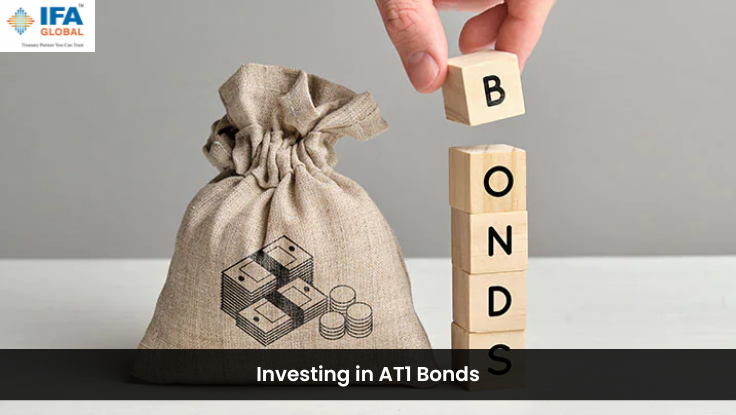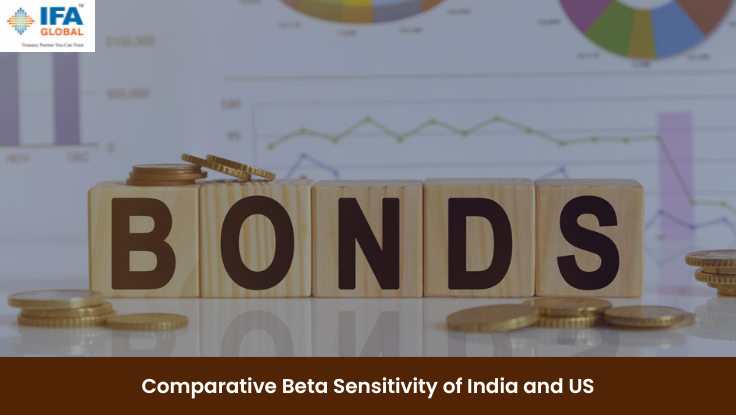Six Core Benefits of a Treasury Management System
28 December 2020 | By IFA Global | Category - Treasury Management

28 December, 2020
The treasury management system is the backbone of a well-run treasury. A treasury cannot function in isolation. The effective functioning of the treasury depends on coordination with various external and internal stakeholders. A robust treasury management system ensures that the exchange of information between the treasury and the finance function or between the treasury and the senior management takes place in a seamless manner.

The treasury management system is the backbone of a well-run treasury. A treasury cannot function in isolation. The effective functioning of the treasury depends on coordination with various external and internal stakeholders. A robust treasury management system ensures that the exchange of information between the treasury and the finance function or between the treasury and the senior management takes place in a seamless manner.
A state of the art treasury management system is usually integrated with the ERP module of the finance function (for capturing underlying exposures accurately and in a timely manner), bank accounts (for capturing bank balances and utilization of available credit lines), SWIFT (for making payment processing instructions), trading systems (for deals to be automatically captured without manual intervention) and information systems such as Reuters and Bloomberg (for performing valuations, rate scans etc).
A robust treasury management system assists in the following:
Capturing Changes in Underlying Exposures and Recording Transactions Done or Hedges Taken:
Access to accurate, timely and complete information on underlying exposures is quintessential. It minimizes the latency between the exposure arising the hedge being taken. Since the hedges, too are being recorded in the same system, one knows the open exposure at any point of time.
Risk Monitoring:
Summary of exposures and hedges, taken currency wise, instrument wise, tenor/maturity-wise, counterparty wise is available on fingertips. This helps in real-time limit monitoring and makes the risk management process preventive rather than corrective.
Driving Management strategy:
Custom reports that give a big picture overview to the top management can be retrieved or custom dashboards can be created. The management can perform sensitivity analysis to understand how much a change in a particular risk factor could impact profitability and what would the P&L look like in various scenarios, especially the worst-case scenario. Output in quantitative terms such as Value at Risk, Expected Shortfall or Sharpe ratio gives a better perspective to the senior management.
Backtesting Strategies:
Since the data being captured is unique to the firm, crunching historical data helps the management get a sense of what has worked well in the past and what can be done differently going forward.
Accounting, audit and hedge compliance:
Integrating the treasury system with the firm’s accounting system automates financial reporting. Integrating the treasury management system with an information system like Reuters or Bloomberg can provide access to real-time MTM i.e. Mark to market. Data can be retrieved in the required format for handling internal or external audit queries. The treasury management software also helps in ensuring compliance from hedge accounting standpoint by generating reports such as hedge ratio report or hedge effectiveness report.
Regulatory reporting:
It makes regulatory compliance less onerous as reports can be retrieved in custom formats periodically with minimum human intervention.
Given the complexity of modern-day integrated/centralized treasury operations, it is not enough for the treasury management system to merely be a transaction processing system. It needs to be a decision support system, or even better, an AI system which synthesizes the available data and presents in the form of actionable information that facilitates strategic decision making.




